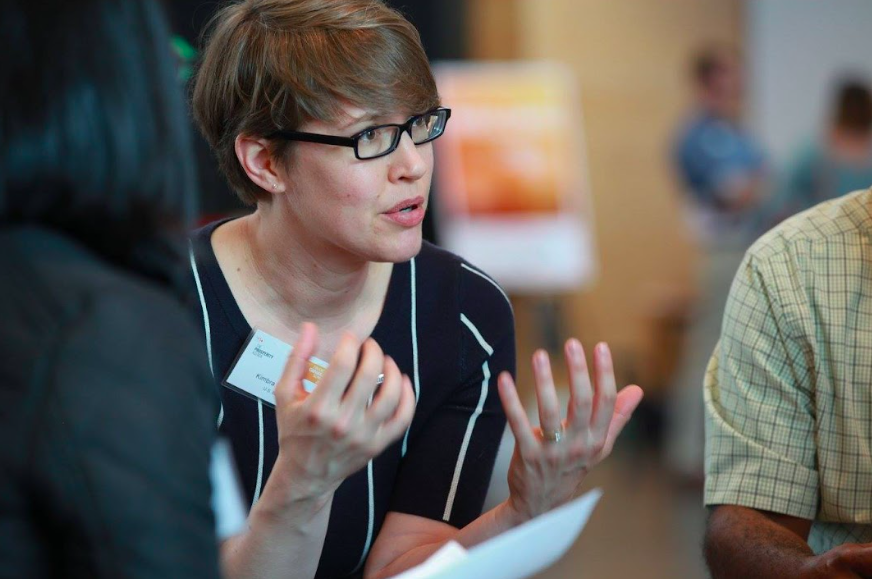Design for Prosperity
We design pathways to economic and racial justice rooted in the wisdom, experience, and expertise of families enduring economic inequality. In partnership with nonprofits, businesses, and government agencies, we work with families and staff to imagine, test, and realize programs where people thrive. Together, we illuminate the relationships, mindsets, and practices that shift whole systems.
Through our process, we've designed solutions that result in Whole Family Human Services, Equitable Financial Education, and Quality Jobs.


Our Design Process
Through our design process, we help nonprofits, businesses, financial institutions, and government agencies advance economic and racial justice. With our partners, we use three interrelated phases of research, design, and evaluation to transform practices, mindsets, and systems.

Whole Family Human Services
Human services are an essential for Americans enduring economic inequality, offering everything from groceries and cash support to community transformation. Family is the necessary centering to human services--which span a dizzying array of individualized programs, contracts, and community needs. Whole family approaches allow organizations to center family leadership and expertise to build power and maximize family success. Using a whole family approach, staff and families can work together to design the services families need and deserve.

Equitable Financial Education
Financial education overemphasizes personal responsibility and downplays systemic financial inequalities. Wealth or poverty is often used to evaluate people’s intelligence or motivation. Our work explores how our beliefs and attitudes about money affect financial learning, teaching, and interactions with financial institutions.

Quality Jobs
Many workforce development programs are built on the assumption that marginalized populations lack technical and soft skills. Workers face an opportunity gap, rather than a skills gap. Employers regularly miss and undervalue the contributions of frontline workers, justifying low wages and high turnover. We work on both sides of the labor market, especially with employers, to ensure that workers are valued, paid living wages, retained, and developed on the job.
